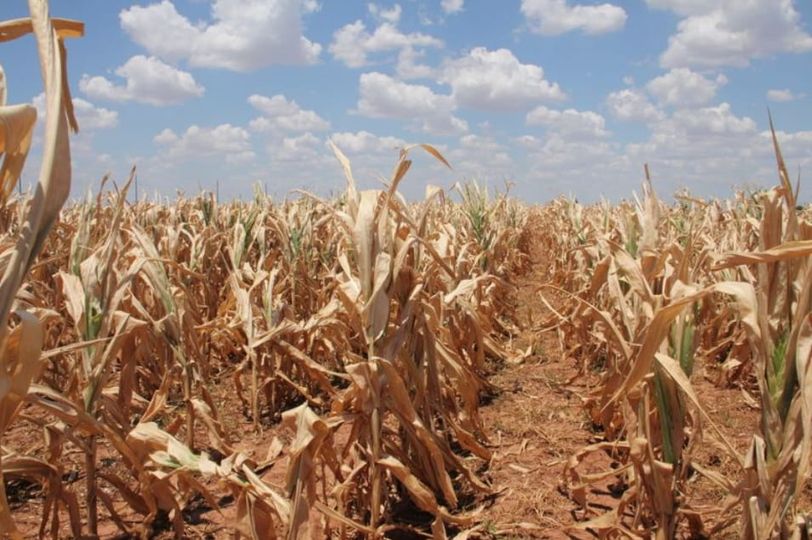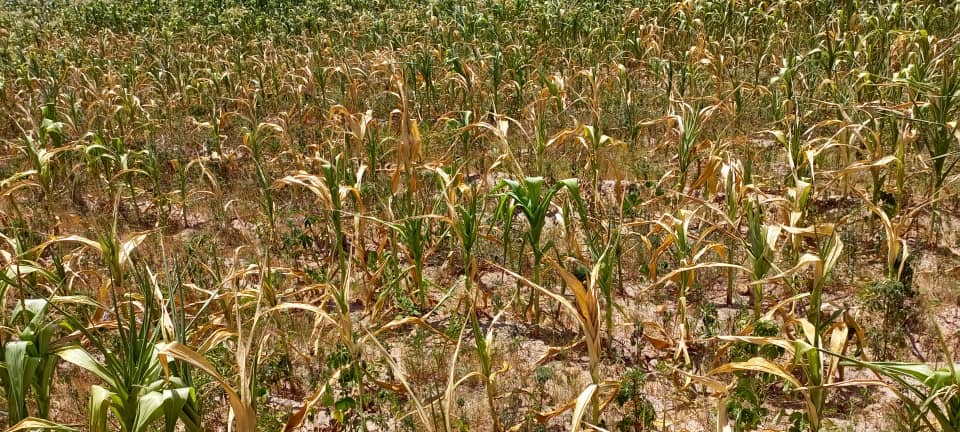
Collins Nzovu, the Minister of Green Economy and Environment, has issued a stark warning regarding the prolonged dry spell currently affecting Zambia, highlighting its potential detrimental effects on agriculture productivity, water availability, and power generation.
According to Mr. Nzovu, the extended period of reduced rainfall is expected to have significant repercussions on agricultural activities.
Crops such as maize, soya beans, and other staples are particularly vulnerable, as they require adequate moisture during crucial growth stages. The dry conditions may lead to water stress, wilting, and yield losses, ultimately impacting food security.
Addressing the National Assembly in a ministerial statement on the performance of the 2023-2024 rainfall season and the ongoing dry spell, Mr. Nzovu noted that the situation, observed since January 20, 2024, is likely to persist throughout February, particularly in the southern regions of the country.
Furthermore, Mr. Nzovu expressed concerns over the dwindling water levels in major reservoirs like Kariba, Kafue Gorge, and Itezhi-Tezhi. He warned that this could result in reduced power generation, leading to increased load shedding, energy shortages, and disruptions in the coming months unless the situation improves.
In response to the looming crisis, the government intends to issue a comprehensive report analyzing the impacts of the dry conditions on agriculture, food security, water, and energy. The report will include recommendations for targeted interventions aimed at supporting affected communities and mitigating adverse effects.
Mr. Nzovu also urged farmers to closely monitor weather updates and adjust their farming practices accordingly. He emphasized the importance of implementing water conservation measures such as mulching and proper soil management to optimize water usage, especially in areas experiencing rainfall deficits and low soil moisture levels.



